
Ongoing Malaria Transmission in the Greater Mekong Subregion
Studies to examine its magnitude and identify its causes
Why this project?
Nearly 120 million people are at risk of malaria in the Greater Mekong Subregion (GMS). This is approximately 37% of the population.

Recently, there has been an increase in drug-resistant malaria in Southeast Asia.

P. falciparum is becoming resistant

The aim
This study investigated the magnitude and causes of ongoing malaria transmission in two geographical areas of the GMS in Thailand and Viet Nam, across three ecological niches, namely, villages, farms and forested areas.
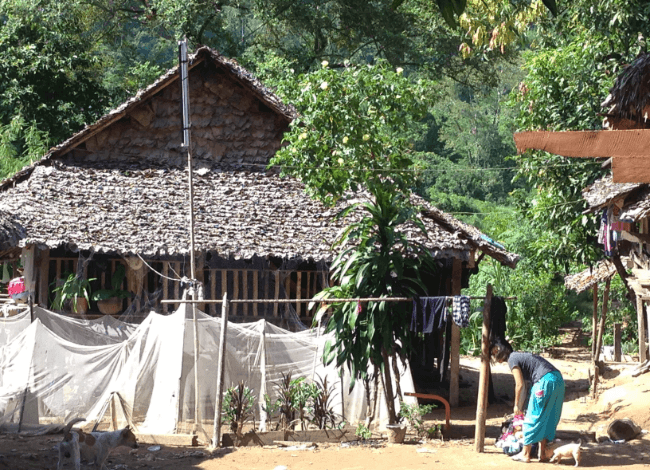
VILLAGE
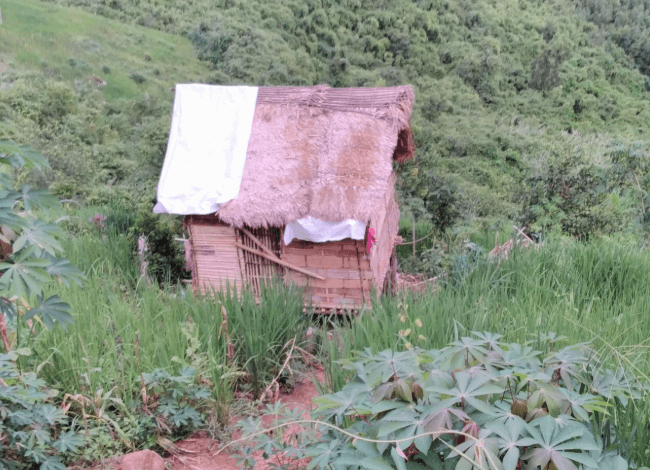
FARM
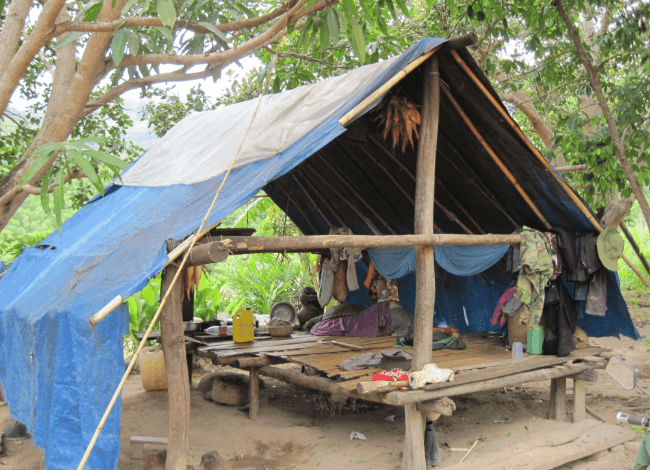
FOREST
The research sites
Thailand study sites:
Suan Oi village, Pha Man village and Komonae village (Tha Song Yang District, Tak Province)
Viet Nam study sites:
Son Thai Commune
(Khanh Vinh District, Khanh Hoa Province)
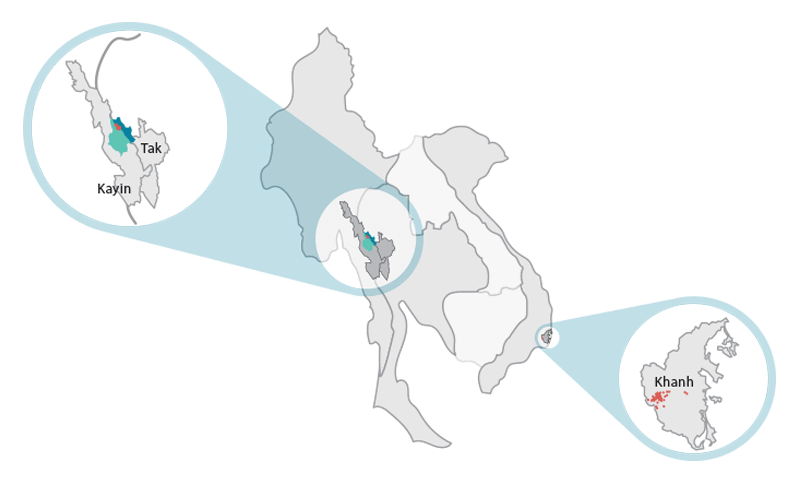
Key findings: net use
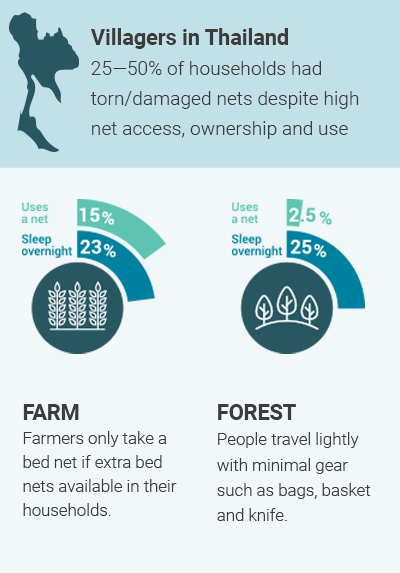
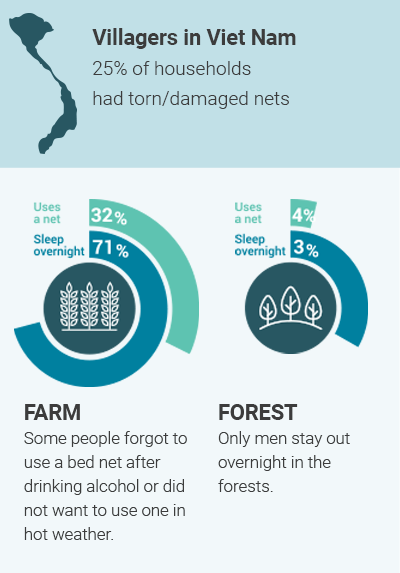
Personal protection tools are required for:

Pre-bed time

Wake-up time

Night-time hours on farms

Night-time hours in forest

